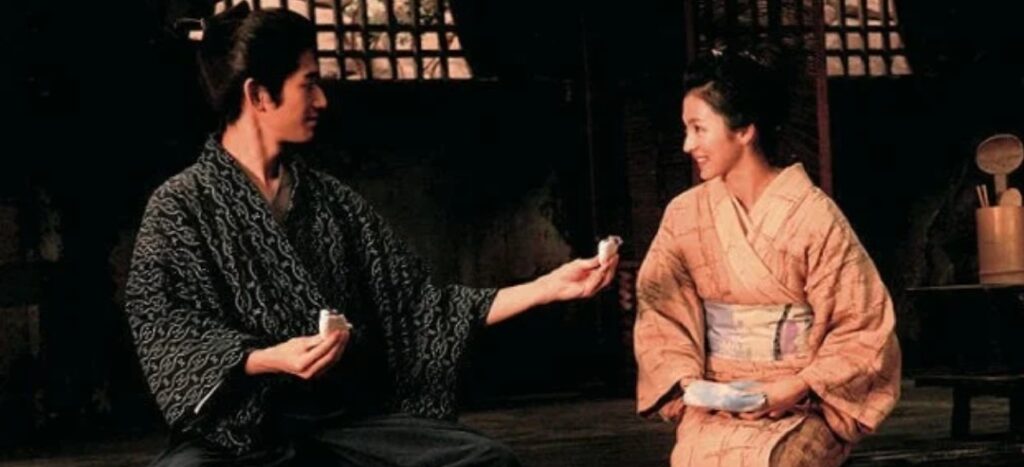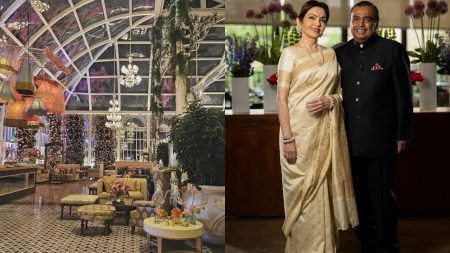Japanese food has undergone many changes in modern times, it still retains many key and traditional elements.
And what was it like in medieval times, when Japan was isolated and did not trade with the whole world? What then were the samurai who were supposed to be the elite of the Japanese military force eating?
Samurai held a fairly high position in the society of ancient Japan, and although they had access to more refined food, unlike the rest of the poor population, the usual samurai diet was much simpler than you might think.
Ordinary samurai did not live in large cities of ancient Japan, but owned small lands in rural areas and were small military feudal lords ( not to be confused with the rulers of the daimyo, more elite and powerful samurai princes, to whom the bulk of the samurai obeyed ). This allowed them to have servants, develop their own agriculture and feed on a variety of fresh root crops.
In general, samurai food was focused more on meeting basic needs ( like fuel for a car ) than on getting the psychological pleasure of eating.

As you might expect, the samurai ate a lot of rice. After all, rice is one of the staples of all Asian cuisine. However, if you are now thinking about white rice, then you have to disappoint, the samurai ate unpeeled rice ( unpeeled / unpolished ), which the peasants also ate. The rice tasted awful, but farmers had little or no choice but to add tofu (a neutral-flavored bean curd made by curdling the protein of soy milk ) to their daily diet . Only the elite of the state and the family of the emperor could eat white rice; it was too valuable a commodity. Rice was a staple food throughout Japan and was sometimes even considered a measure of wealth ( it happened that samurai were paid with rice).
Therefore, to balance the disgusting food available, common samurai ate pickled herbs and vegetables, as well as fermented pastes, similar to traditional Japanese miso soups, which were made by fermenting soybeans, rice, wheat, and a special type of mold.
The most popular samurai dishes during the Edo period (1603-1868) were soba noodles ( which they ate from portable roadside stalls ), sushi, and tempura. A lot of edible crops were also fished in the sea, including algae, fish, shellfish, shrimp, whale meat, octopus, etc.

Also, what samurai ate often depended on the season of the year, and since many of them owned farms, vegetables were always present in their diets. On a daily basis, the samurai diet consisted of leafy vegetables, root vegetables, natto ( made from fermented soybeans ) and wasabi, according to surviving historical records from the period. Basically, the samurai ate a balanced and clean diet.

The most popular drink among the samurai was sake, an alcoholic drink created by fermenting wort based on rice and steamed rice malt. Drunkenness was common among samurai and was not frowned upon. Sometimes it was even considered impolite not to get drunk on the food or at the banquet, often arranged by the daimyo. It is known that in the 17th century, sake production was so colossal throughout Japan that the annual per capita consumption of sake was about 50 liters.
Of the usual drinks, the Japanese were very welcomed by green tea, which reached Japan directly from China.










